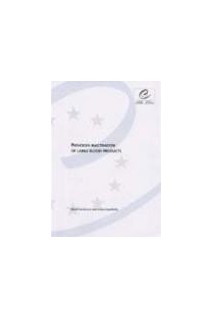Methods aimed at inactivation of pathogens in labile blood products have been developed in recent years. Investigations into some technologies are at an advanced preclinical or already in clinical stages. Evidently, the use of such procedures raises a number of issues, including efficiency, the damage inflicted to labile blood products, the toxicity for patients, and the cost-benefit ratio.
In the foreseeable future, national blood transfusion services and health authorities will be faced with this development and will have to consider the introduction of these methods. The report summarises the current information on these pathogen inactivation procedures.




